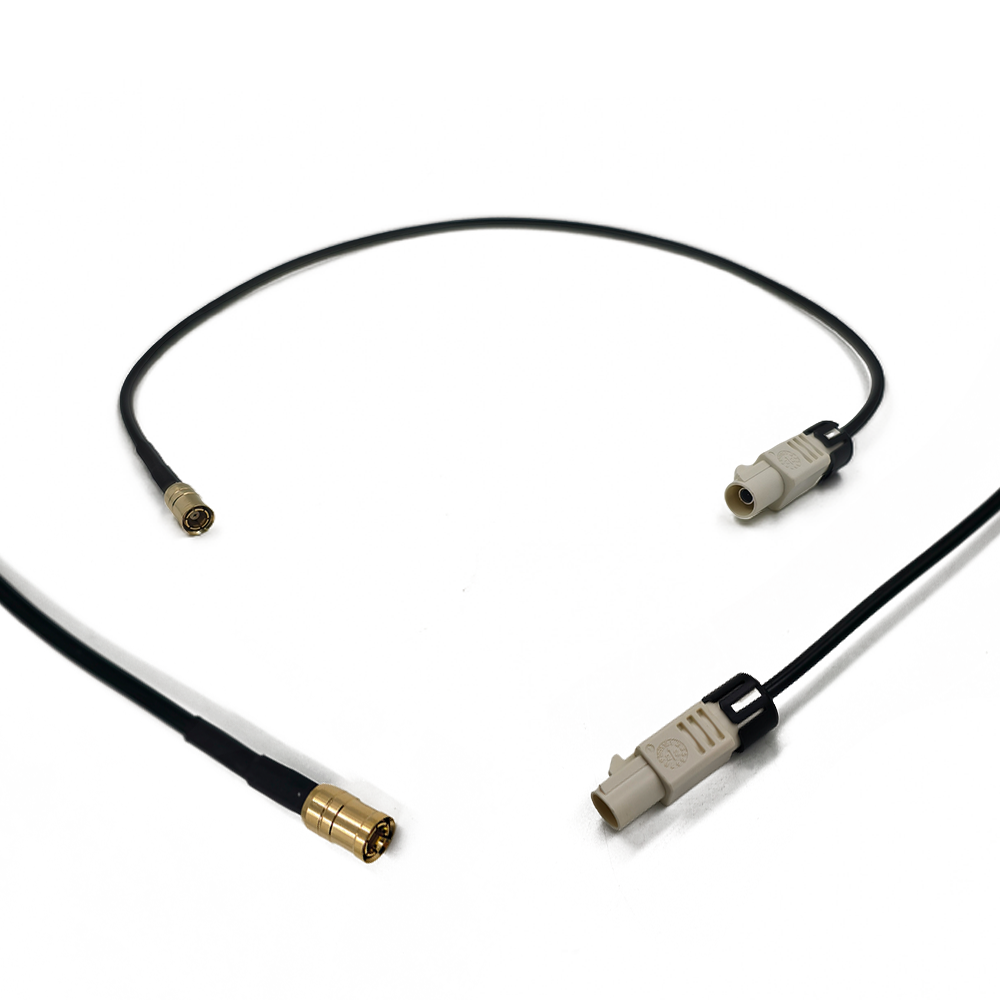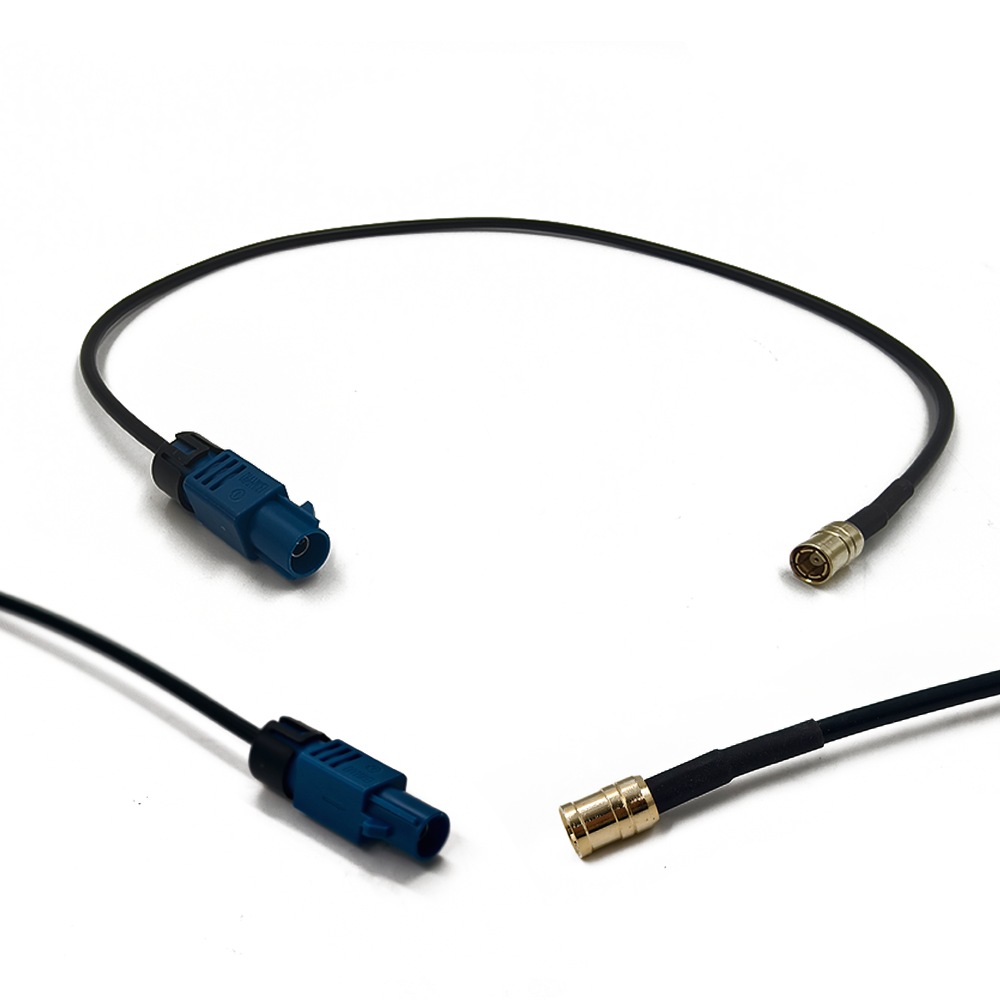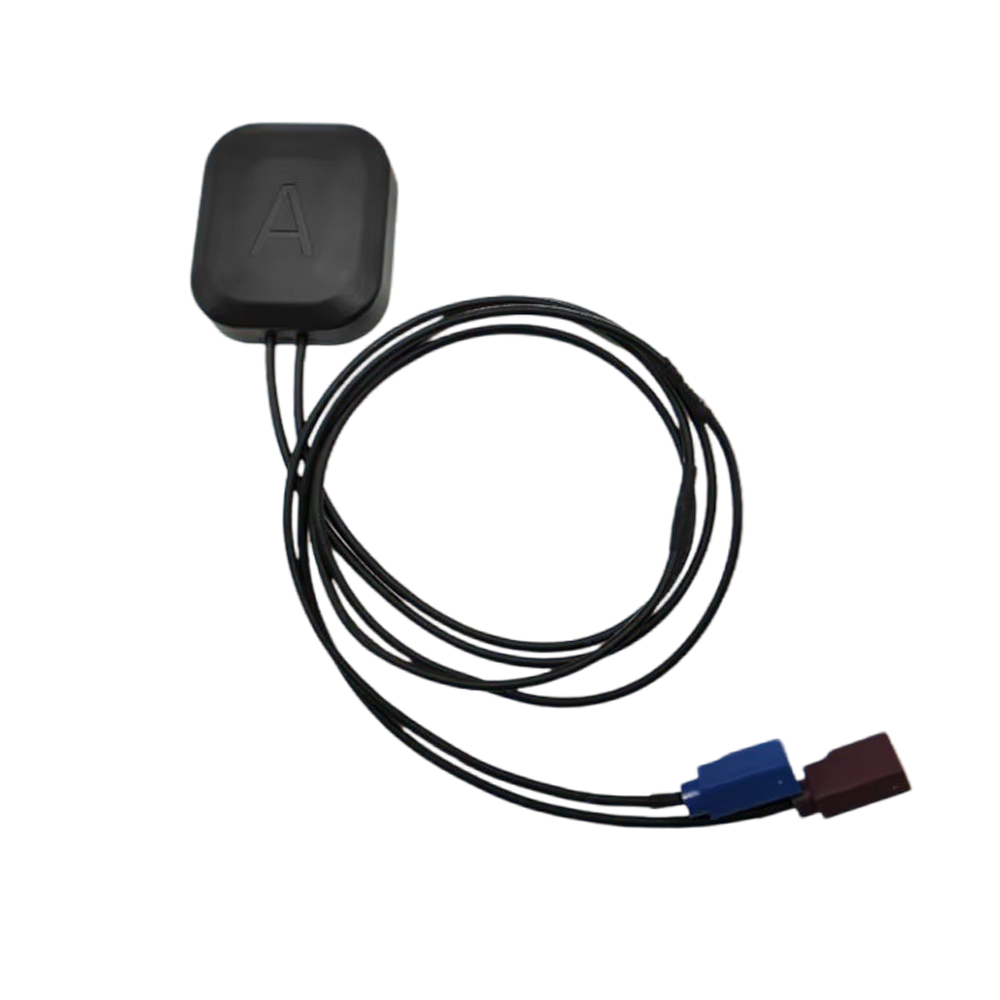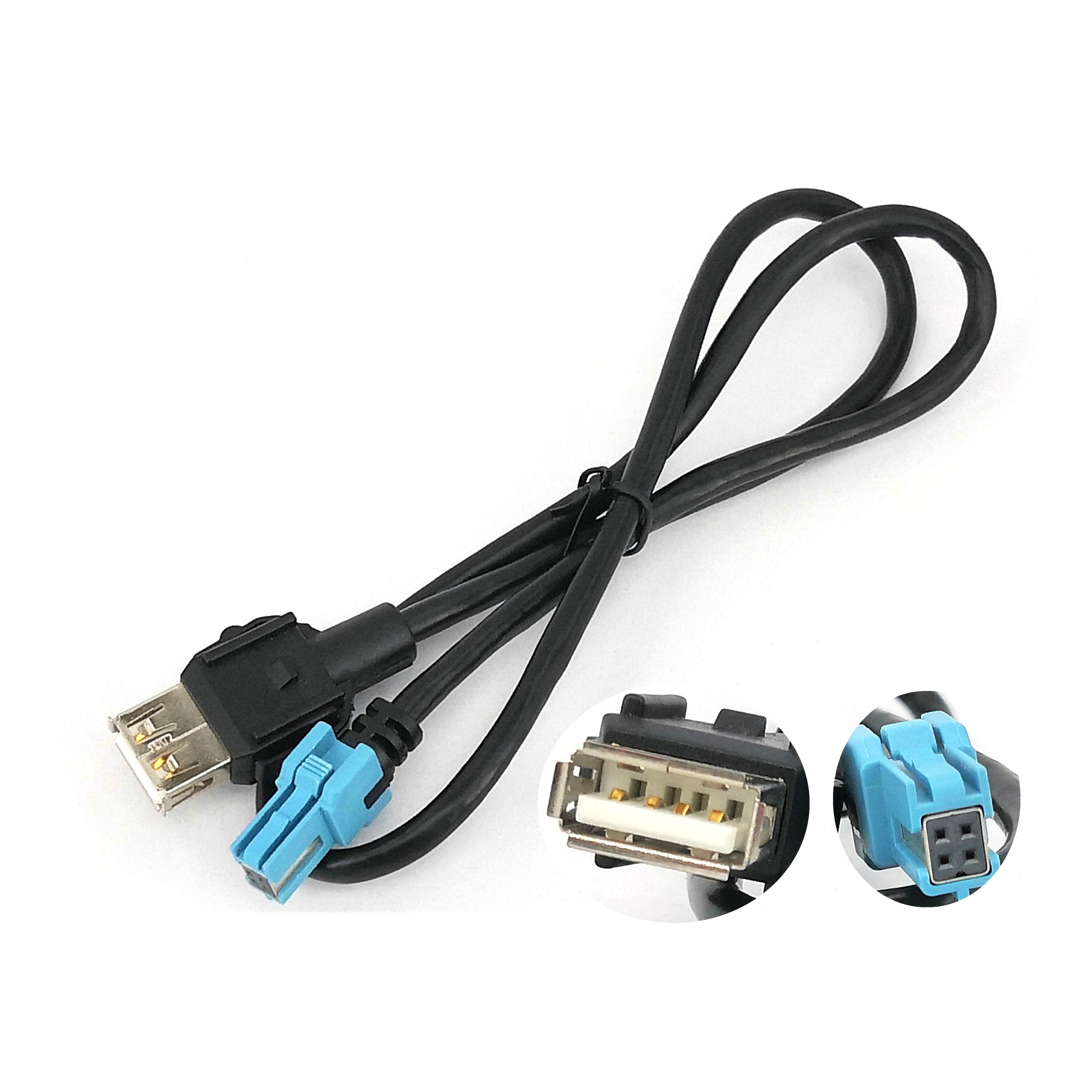The unique capabilities of high-precision FAKRA GNSS antennas have unlocked a vast array of applications that were once impractical or impossible. Furthermore, ongoing trends in technology are continuously expanding their role and shaping their future evolution.
Current Applications
Automotive and Autonomous Driving (ADAS): This is the primary domain. These antennas are critical for:
Advanced Driver-Assistance Systems (ADAS): Enabling lane-level accuracy for features like lane departure warning and adaptive cruise control.
Autonomous Vehicle (AV) Navigation: Providing the absolute positioning required for path planning and decision-making in self-driving cars, often fused with LiDAR, radar, and IMU data.
V2X (Vehicle-to-Everything) Communication: For safety applications like collision avoidance, precise location is essential for V2X messages to be meaningful.
eCall and Telematics: Providing accurate location in the event of an accident and for fleet management and stolen vehicle recovery.
Precision Agriculture: Revolutionizing farming by enabling:
Auto-Guidance: Allowing tractors and harvesters to drive themselves with centimeter accuracy, eliminating overlaps and gaps in planting, spraying, and harvesting. This saves fuel, time, seeds, and fertilizer.
Variable Rate Application (VRA): Using precise location to apply water, fertilizers, and pesticides only where needed, based on soil data maps, boosting efficiency and sustainability.
Unmanned Aerial Vehicles (UAVs) and Drones: Essential for:
Precision Navigation: Allowing drones to hold a stable hover and follow pre-programmed flight paths accurately for applications like aerial surveying, mapping, and infrastructure inspection.
Photogrammetry and LiDAR Mapping: When coupled with RTK, the drone's position is known precisely, allowing it to create highly accurate 3D models and maps without the need for numerous ground control points.
Geomatics and Surveying: While traditionally using geodetic antennas with tribrach mounts, the ruggedness and improving performance of automotive-grade antennas are finding use in:
Construction Machine Control: Guiding bulldozers, graders, and excavators to achieve design grades without stakes, significantly speeding up earthworks.
Mobile Mapping Systems: Mounted on vehicles or backpacks to quickly and accurately map infrastructure, roads, and urban environments.
Marine and Robotics: Used for precise navigation of autonomous surface vessels, underwater vehicles, and a wide variety of mobile robots in logistics and industrial settings.
Future Trends
Deep Integration with "Sensor Fusion": The antenna will increasingly be treated not as a standalone component but as a core sensor in a fused system. Future modules will co-package the antenna with an IMU (Inertial Measurement Unit), a dedicated GNSS receiver chip, and perhaps even other sensors, providing a pre-processed, robust "positioning engine" output over a CAN or Ethernet interface, rather than raw RF signals.
The Rise of Multi-Band, Multi-Constellation as Standard: Support for all signals from GPS, Galileo, GLONASS, and BeiDou across L1, L2, and L5 bands will become the baseline expectation. This "constellation redundancy" provides robustness in challenging urban canyons and ensures continuous high accuracy globally.
Anti-Jamming and Anti-Spoofing (AJA): As society becomes more dependent on GNSS, its vulnerability to intentional jamming (blocking signals) and spoofing (broadcasting fake signals) becomes a critical security risk. Future high-precision antennas will integrate controlled radiation pattern arrays (CRPAs) or null-steering techniques to automatically null out interference sources, making systems resilient to attack.
Miniaturization and "Antenna-in-Package" Solutions: The drive for smaller, more integrated designs will continue. We will see more "antenna-in-package" solutions where the radiating element is integrated directly into a module alongside other electronics, though this will present significant challenges for maintaining phase center stability and performance.
Enhanced Cybersecurity for Positioning Data: With the antenna and receiver being a critical entry point for spoofing attacks, future trends will include hardware-level security features and cryptographic authentication of satellite signals to ensure the received data is genuine and trustworthy.
The high-precision FAKRA GNSS antenna, therefore, is not a static technology. It is a dynamically evolving field, driven by the demanding requirements of autonomous systems and the need for resilient, trustworthy positioning. Its future lies in deeper integration, greater intelligence, and enhanced security, solidifying its role as the bedrock of the positioning ecosystem.
Conclusion
In the intricate and invisible process of determining one's precise location on Earth, the high-precision FAKRA GNSS antenna stands as the indispensable and foundational link in the data chain. It is the critical gateway through which all positioning information must first pass. As we have explored, this component is far more than a simple piece of metal designed to capture radio waves; it is a highly sophisticated transducer, meticulously engineered to address a profound set of electrical, environmental, and practical challenges.
Its significance is twofold. First, from a performance perspective, it is the key enabler of centimeter-level accuracy. Through its stable phase center, rejection of multipath signals, support for multiple frequencies, and resilience against environmental degradation, it provides the high-fidelity signal data that advanced algorithms like RTK and PPP require to function. Without this quality of input, the most powerful receiver in the world would be severely limited in its output. The antenna sets the ceiling for the entire system's potential accuracy.
Second, from an industrial and integration perspective, the FAKRA connector embodies the principle of standardized performance. It bridges the gap between the bespoke world of high-performance RF design and the brutal economics and logistics of automotive mass production. It ensures reliability, interoperability, and simplicity in manufacturing, allowing this cutting-edge technology to be deployed reliably millions of times over across global vehicle platforms.
The applications that depend on this technology—from autonomous vehicles that must perceive their world with absolute certainty to agricultural systems that optimize our use of the planet's resources—are at the forefront of a technological revolution aimed at enhancing safety, efficiency, and sustainability. The humble antenna, often hidden from view, is a silent hero in this revolution.
Looking ahead, the role of the high-precision antenna will only grow in importance. As trends like sensor fusion, anti-jamming capabilities, and deeper integration continue, the antenna will evolve from a passive component into an intelligent, active subsystem. The challenges of cost, calibration, and integration will persist, driving innovation towards more elegant and robust solutions.
In conclusion, the high-precision FAKRA GNSS antenna is a paradigm of modern engineering: a device that solves complex physical problems while seamlessly integrating into standardized industrial ecosystems. It is a testament to the fact that true technological advancement often depends as much on the perfection of fundamental components like antennas and connectors as it does on the power of software and processing. As we navigate towards a more automated and spatially-aware future, this component will remain, quietly and reliably, our unwavering connection to the constellations above.




































































 Language
Language
 En
En Cn
Cn Korean
Korean

 Home >
Home > 








 18665803017 (Macro)
18665803017 (Macro)













